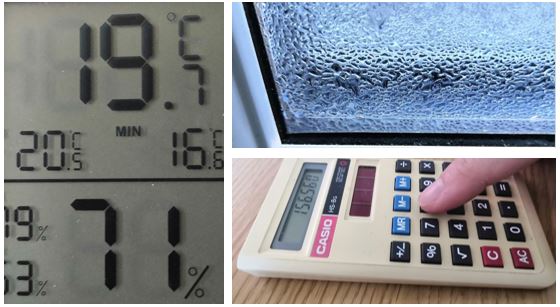Hi, would be grateful for some advice. Noticed recently that the north facing side of the roof has quite a bit of condensation on the underside of the waterproof membrane. I've installed lap vents the other day and but so far thats not cured the problem. I did notice that there is maybe too much overlap of the membrane plus it is also pretty taught so I don't know if the lap vents will be doing their job properly. Some of the loft insulation closest to the eaves is quite damp so I am not sure if I should just replace that at this stage. We do have over fascia vents coupled with felt support trays and I don't know if this set up is obstructing the air flow. The support trays have a curved profile on the outer edge that come around over the vents. Having said that, I think its been installed correctly... just don't seem to be getting good air flow. I could install soffit vents also.. is this good idea seeing as I already have the over fascia vents?
Any advice would be appreciated. Thanks.
Any advice would be appreciated. Thanks.







